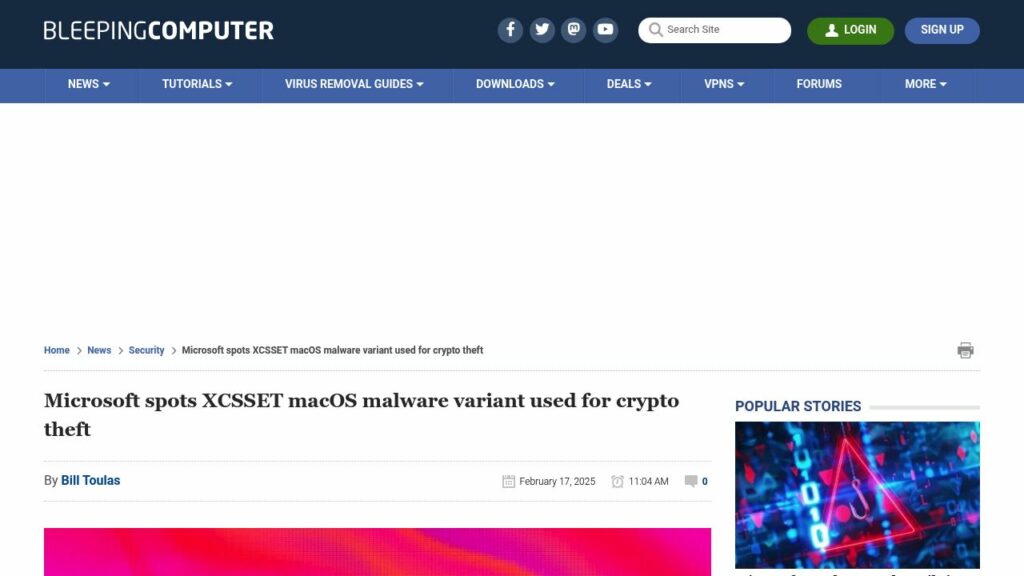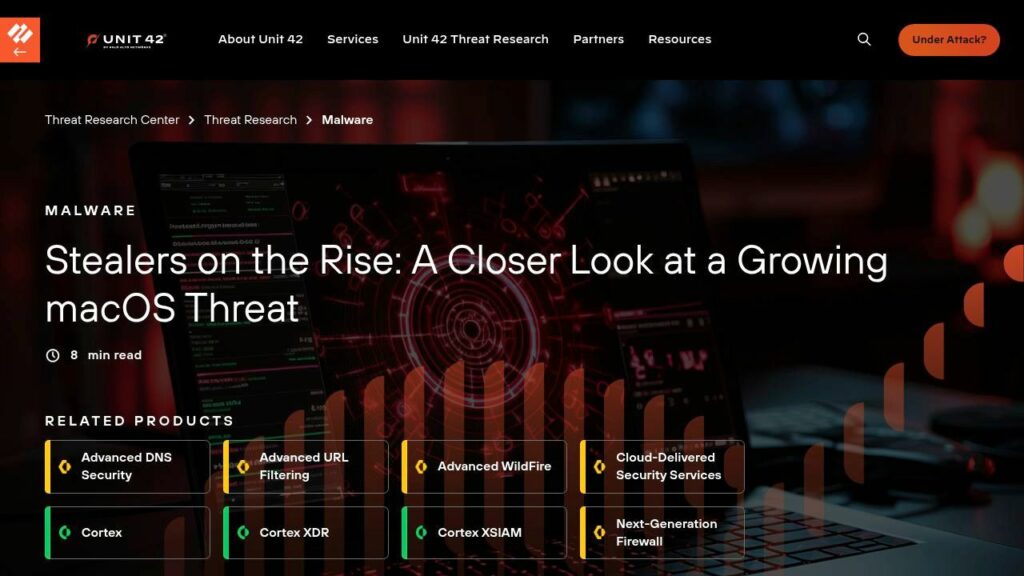New XCSSET Malware Adds New Obfuscation, Persistence Techniques to Infect Xcode Projects
New XCSSET malware variant enhances techniques for infecting Xcode projects, employing improved obfuscation, persistence methods, and novel infection strategies. This modular macOS malware targets developers via their Xcode projects, using encoded payloads and enhanced scripting for stealth. Its modular design enables complex multi-stage infections, focusing on stealing user information and while remaining difficult to detect. Mitigation includes using updated OS versions, inspecting Xcode projects, and employing Microsoft Defender for security against threats.


